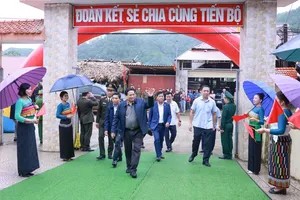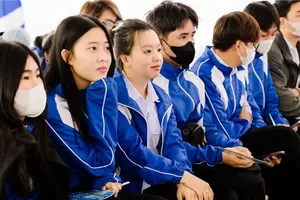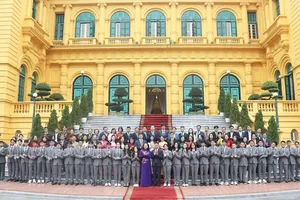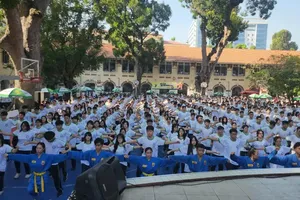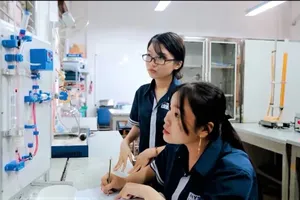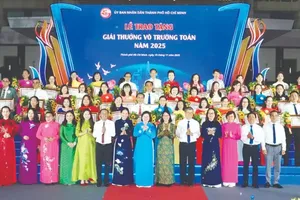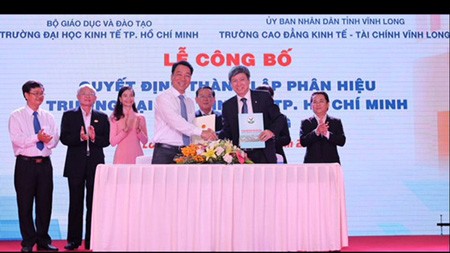
Following the acquisition of the College of Finance & Customs by Ho Chi Minh City (HCMC) University of Finance – Marketing, An Giang University now has a plan to become a member of Vietnam National University – HCMC, just like Vinh Long College of Economics – Finance being a branch of HCMC University of Economics.
In a similar action, the local authorities of Binh Phuoc Province have just assigned a principal for Binh Phuoc College, a merger between Binh Phuoc Teacher’s Training College, Binh Phuong Medical College, and Binh Phuoc Vocational College.
Until now, there are 29 teacher’s training colleges nationwide under the control of their provincial People’s Committee. Due to management complications, however, most of them are monitored by their Department of Education and Training. Adding to that is the continuous failure in attracting sufficient new students. Therefore, a merger is obviously the best solution at the moment.
Among the 29 colleges above, 13 have been approved for merging while 16 still have no plan at all. The former group includes Thai Nguyen Teacher’s Training College, Thai Nguyen College of Economics – Finance, Thai Nguyen Medical College, to become Thai Nguyen College; Dien Bien Teacher’s Training College and Dien Bien College of Economics – Technology, to be upgrade into Dien Bien University; Vinh Long Teacher’s Training College, Vinh Long Community College, Vinh Long Medical College, Vinh Long College of Arts and Culture, to become Vinh Long College and have financial autonomy.
Observing Resolution No.19 about higher education and vocational training, many educational institutes under the management of the Ministry of Education and Training, the Ministry of Labor, War Invalids and Social Affairs are proposing merging plans.
Experts in the field comment that this merger trend would happen in the three types of teacher’s training college into a university, several colleges into one new university, and local specific colleges or vocational training schools into one interdisciplinary college.
In the grand opening ceremony of HCMC University of Economics’ new branch in Vinh Long, formerly known as Vinh Long College of Economics – Finance, Secretary of Vinh Long Party Committee Tran Van Ron hoped that the Ministry of Education and Training do its best to create a smooth transfer of educational facilities as well as human resources.
Discussing possible issues during mergers, Vice Principal of HCMC University of Finance – Marketing Hua Minh Tuan stated that besides legal matters of the management institute, there are still a wide range of concerns such as human resources, standardization processes, salary systems, and educational infrastructure to be tackled. Yet at the moment, there is no formal instructional document, which means much trouble without the consensus of related parties.
One principal of a university in HCMC shared that Resolution No.19 is truly effective to erase weak educational institutes via merging and acquisition. Nevertheless, it is the lack of official guidelines that creates problems and failures in these processes.
Resolution No.19 clearly states that until 2021, there must be a decrease of 10 percent in state units on average, along with a reduction of 10 percent in state officers compared to 2015. It is encouraged to have 10 percent of state units exercising financial autonomy and a drop of 10 percent in state expense on state units compared to the period from 2011 – 2015.
The newly released Decree No.99 by the Central Government specifically guides the implementation of adjustments for the University Education Laws (effective as of July 1, 2019). Accordingly, to be a university, that educational institute needs at least three member institutes; a new university merged from others needs at least 3 universities of the same types, be they state ones, private ones, or non-profit private ones.


